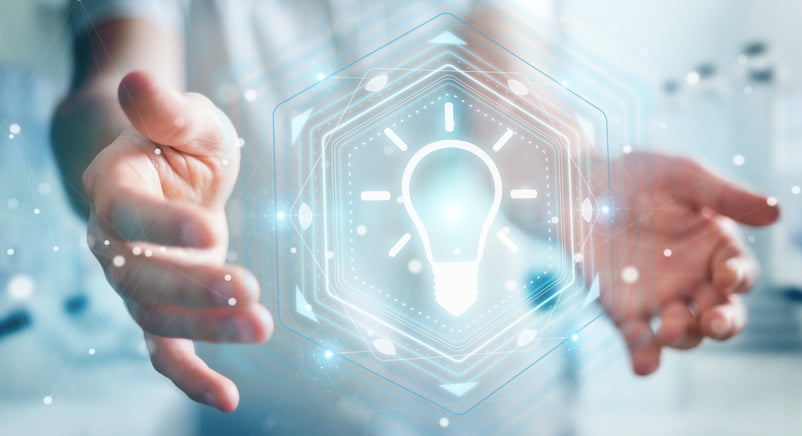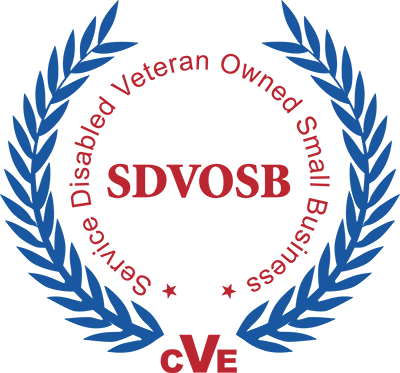Proper lighting in the busy corridors of industrial and commercial facilities serves a purpose beyond aesthetics. It plays a vital role in ensuring functionality, productivity, and safety. For maintenance and sustainability employees, having a comprehensive understanding of how to optimize LED lighting is crucial. This is where the LED lighting audit comes into play – it is your key to ensuring the facility’s lighting is efficient and effective.
Let’s walk you through our top 8 steps to conducting a proper lighting audit.
Step 1: Define Your Audit Objectives
What’s driving this audit? Are you seeking ways to trim down energy expenses, align with corporate sustainability goals, or ensure that workspaces are well-lit for operational efficiency?
Step 2: Document Current Lighting Systems
Make a comprehensive list of all existing fixtures in your facility. This should include type (LED, CFL, etc.), wattage, and operation hours. Maintenance logs can be a great aid here. This data will be valuable in determining the most advantageous rebates or incentives that your facility can benefit from.
Step 3: The Footcandles Equation
In industrial or commercial settings, having a comprehensive understanding of light intensity is crucial. Utilize a professional light meter to accurately measure footcandles, with a particular focus on areas where precision tasks are performed that require additional lighting for safety and quality.
Step 4: Grasp the Kelvin Temperature
The color temperature, measured in Kelvin, can significantly influence worker efficiency and focus. Measure this across various facility zones using a color temperature meter and contrast them with recommended standards for each type of workspace.
Step 5: Spotlight on Dark Areas
Are there any areas in your facility that are excessively bright or ominously dark? These inconsistencies not only waste energy but also create potential safety hazards and decrease operational efficiency.
Step 6: Balance Between Utility and Aesthetics
While your primary focus is functionality, remember that lighting also influences the ambiance of a workspace. It can impact staff morale, focus, and productivity. A proper lighting audit should consider this and find a balance between utility and aesthetics.
Step 7: Professional Photometric Analysis
While footcandle measurements are helpful, they don’t provide a complete picture of the facility’s lighting. This is where professional photometric analysis comes into play. By utilizing specialized software, experts can simulate different lighting scenarios and identify problem areas. Photometrics are often created using programs like Visual Lighting.
Step 8: Data Synthesis
In this crucial stage, we combine the data to create a comprehensive action plan. By carefully analyzing and combining the information, we gain valuable insights that will guide our next steps to improvement. Through this process, we unlock the true power of the data, enabling us to make informed decisions and drive impactful outcomes.
Final Thoughts
Partnering with industry experts like GLN can profoundly impact maintenance and sustainability teams seeking the best LED lighting solution. Our dedicated team will lead you through a comprehensive audit and value-engineer a tailored lighting solution fit for your facility.
Contact us today! (844) 263-4733






